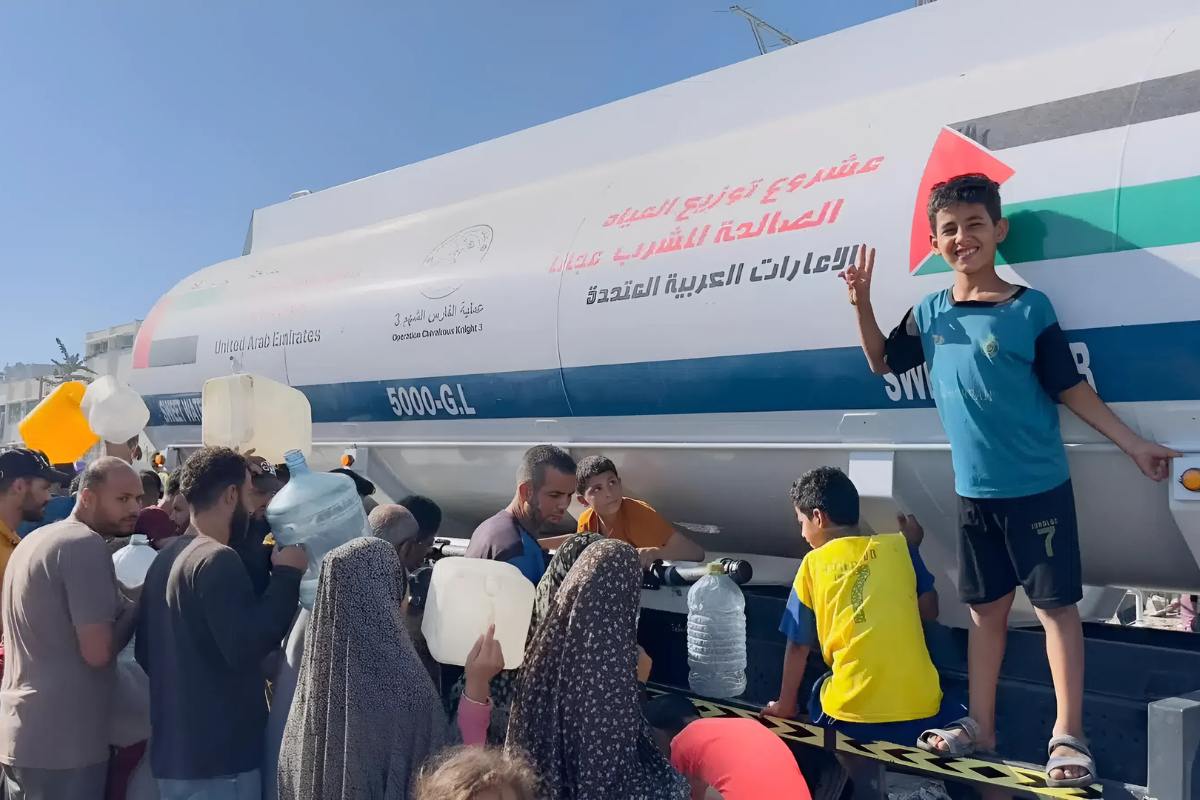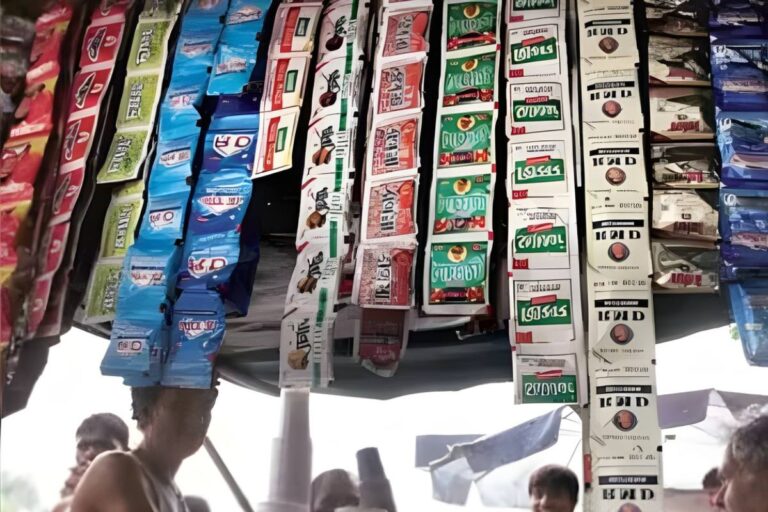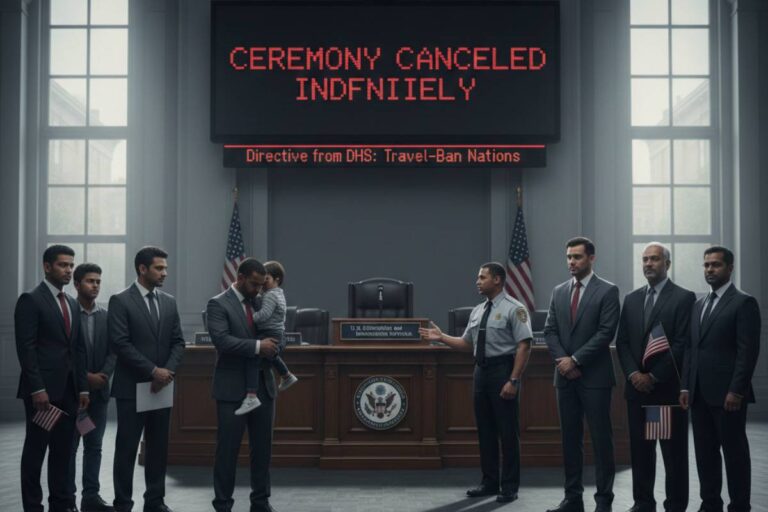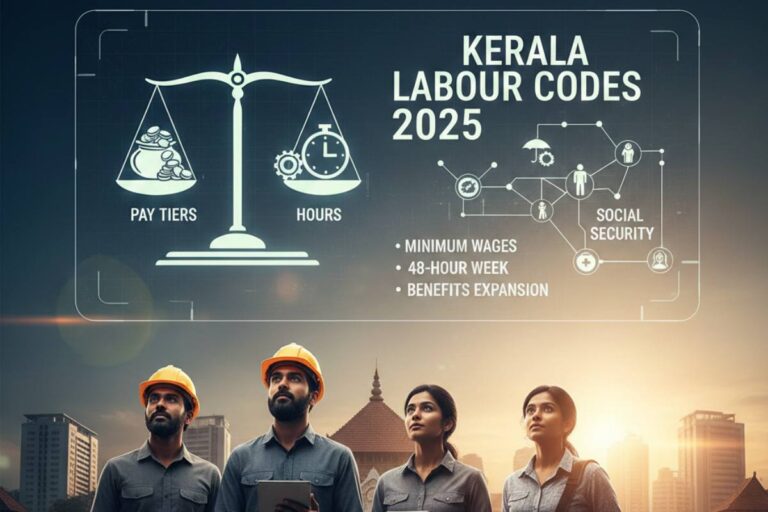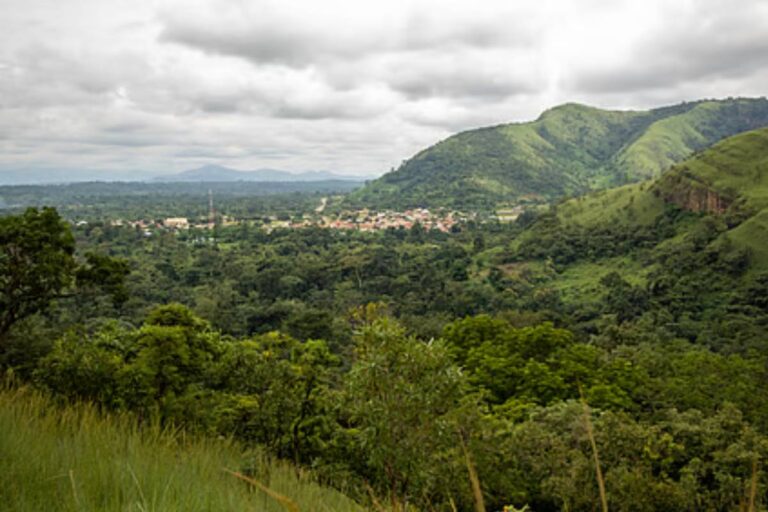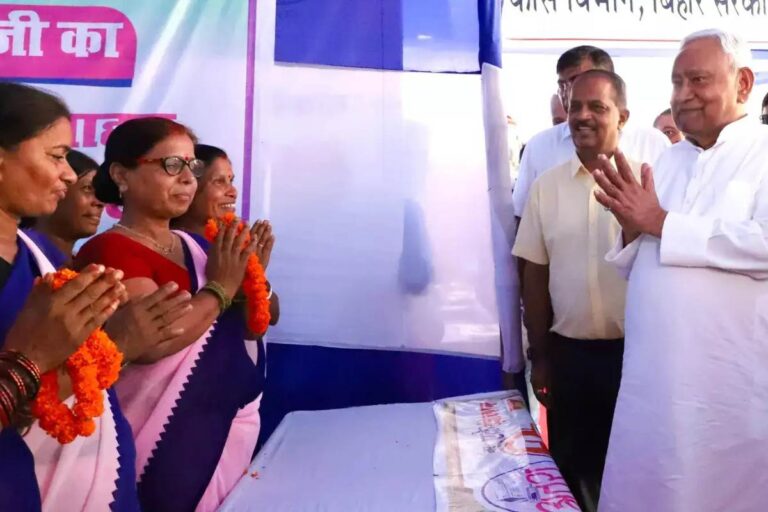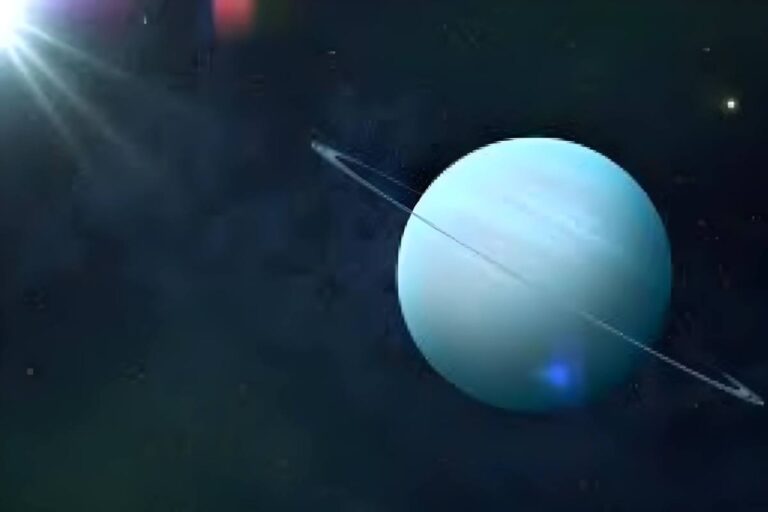A major humanitarian water pipeline reaches Khan Younis’ Al-Mawasi, promising up to 15 liters per person daily amid months of severe scarcity.
The United Arab Emirates has advanced a large-scale humanitarian water project under Operation Gallant Knight 3, extending a dedicated pipeline from desalination plants in Egypt to southern Gaza to ease prolonged water shortages for displaced communities, notably in Khan Younis’ Al-Mawasi area, one of the region’s most densely populated zones for internally displaced families. The initiative, dubbed the “Lifeline” project, aims to supply clean drinking water to an estimated 600,000 people, with daily allocations of up to 15 liters per person amount intended to stabilize basic consumption in an emergency setting and reduce health risks tied to unsafe sources.
A field tour was organized for journalists and stakeholders upon the project’s arrival to Al-Mawasi, where teams reviewed implementation stages, observed the pumping mechanism, and evaluated early benefits for vulnerable groups, including children and the elderly. The pipeline spans roughly 7.5km from UAE-operated desalination units on Egypt’s side of Rafah into southern Gaza’s distribution areas, where local utilities will manage onward delivery under jointly agreed technical standards.
Key Takeaways
- A new 7.5km water pipeline now connects UAE desalination plants in Egypt’s Rafah to Al-Mawasi in southern Gaza, a hub for displaced families.
- The project targets approximately 600,000 people, with up to 15 liters of desalinated water per person per day planned for distribution.
- Authorities conducted an on-site media tour to demonstrate the pumping process and assess early impact on households, especially high-need populations.
- The initiative forms part of long-running UAE efforts in Gazacovering desalination plants, tankers, well drilling, network repairs, and urgent infrastructureimplemented with the Coastal Municipalities Water Utility (CMWU) in Gaza and coordinated with Egyptian counterparts.
- Technical teams report accelerated progress and readiness steps to initiate pumping to designated distribution areas as quickly as possible.
What the ‘Lifeline’ Project Actually Delivers
The “Lifeline” pipeline, extending 7.5km from newly established desalination assets on the Egyptian side of Rafah into southern Gazais designed to deliver treated, potable water to areas where municipal networks have been damaged or destroyed and where consistent supply has been unavailable for months. The strategic focus is on Al-Mawasi in Khan Younis, now home to a large displaced population. The target distribution level of up to 15 liters per person per day reflects emergency water standards that prioritize drinking, limited cooking, and basic hygiene in crisis conditions.
Funny thing is, while the physical distance is short in engineering terms, the human impact stretches much farther across health, dignity, and daily survival. Especially for families that have been relying on improvised, often unsafe sources.
Why This Matters Now
Prolonged outages, extreme heat, and systemic infrastructure damage have left residents in southern Gaza navigating one of the hardest phases of the crisis: a sustained scarcity of clean water. Here’s the kicker: when clean water runs short, everything else gets worsepublic health, nutrition, and sanitation. The pipeline addresses that bottleneck directly by routing desalinated water into distribution networks serving high-density displacement areas.
More concretely:
- It reduces exposure to waterborne diseases by supplying safe, treated water.
- It cuts the time and physical burden of searching for scarce watersomething that disproportionately affects women, children, and the elderly.
- It stabilizes a critical daily need, freeing up local capacity for other urgent tasks like medical care and shelter reinforcement.
How It Fits Into Operation Gallant Knight 3
Operation Gallant Knight 3 is the UAE’s umbrella humanitarian mission for Gaza, launched to address immediate needs while laying the groundwork for more resilient service delivery in a conflict environment. The water component isn’t a standalone effort. It builds on prior UAE-backed programs:
- Establishing desalination plants serving Gaza via cross-border logistics.
- Providing water tankers to support municipal haulage and temporary distribution.
- Drilling wells and maintaining networks to restore and stabilize supply where feasible.
- Implementing urgent infrastructure projects that keep essentials moving even as systems falter.
As officials structured it, the Lifeline pipeline comes with institutional cooperation on both sides of the border: the Coastal Municipalities Water Utility (CMWU) in Gaza oversees technical and on-the-ground operations with Emirati teams, while relevant authorities in Egypt coordinate cross-border infrastructure, routing, and safety. That dual-track management helps align engineering standards and local needs, and if I’m honestkeeps the project viable despite a rapidly changing context.
On-the-Ground Status: What’s Ready, What’s Next
During the field tour in Khan Younis, technical teams confirmed that work was progressing at a fast clip, on schedule, and with preparations underway to start pumping to distribution networks as soon as the system is fully cleared and commissioned. It’s not just the pipes; it’s the end-to-end link: desalination capacity, pipeline integrity, distribution corralling, and last-mile delivery. Each step has to work, or the tap runs dry. Early indications suggest coordination is holding and commissioning is near-term.
Who Benefits First and How
The initial beneficiaries are residents in the Al-Mawasi area of Khan Younisone of the most concentrated displacement zones in southern Gazaalongside nearby communities tied into distribution points downstream of the pipeline’s terminus. Children and the elderly, often the most vulnerable to dehydration and waterborne illness, are a priority for monitoring and protection under the project’s early-phase deployment.
- The focus is on clean drinking water: safe, treated, and sufficient for daily minimum needs.
- Distribution is integrated with CMWU’s established structures, aiming to minimize friction and speed delivery.
- Monitoring of benefits, including household-level use and public health indicators, is planned through ongoing site visits and stakeholder engagement.
Implementation Partners and Oversight
Execution is led by Emirati teams working side by side with the CMWU’s technical and field staff. This joint arrangement is expected to:
- Ensure adherence to engineering specifications across the system from intake and treatment to pressure management and endpoint delivery.
- Align deployment with local realities, such as population concentrations, damaged grids, and accessible distribution points.
- Accelerate troubleshooting when conditions on the ground shift because, truth be told, operations in conflict zones demand constant adaptation.
Coordination with Egyptian authorities supports the infrastructure crossing, plant operations, and pipeline security on the Egyptian side of Rafah.
Addressing Public Health Risks
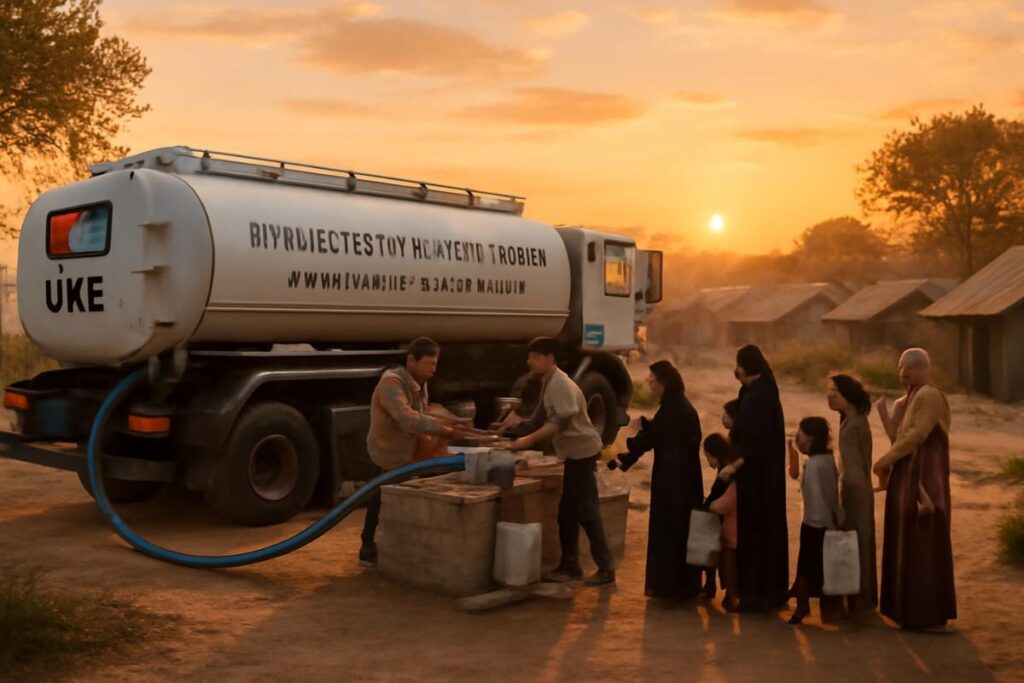
Clean water is the first line of defense in preventing outbreaks of gastrointestinal and dermatological illnesses that spike when sanitation systems fail. By supplying desalinated water consistently, the project aims to cut reliance on unsafe sourcesstanding water, ad hoc wells, and unregulated trucked supplies that can carry pathogens.
- Lowering disease transmission: By increasing access to safe water, the risk window for waterborne disease narrows.
- Supporting hygiene: Even a modest, regular supply enables better handwashing and food preparation practices.
- Protecting high-risk groups: Children and older adults are especially vulnerable to dehydration and infection; stable water access reduces those pressures.
The Scale Problem and a Structured Response
There’s a simple paradox at the core of Gaza’s water emergency: the need is vast, but so are the operational constraints. The Lifeline pipeline doesn’t solve everything, not by a long shot. But it creates a predictable streamquite literallythat agencies can plan around. Predictability breeds efficiency. And efficiency, in a crisis, saves time and lives.
Operation Gallant Knight 3 has emphasized sequencing: address immediate needs (desalination and pipeline injection), stabilize core systems (network maintenance, well rehabilitation), and expand over time as access and security conditions permit. The water pipeline’s timeline, accelerated according to technical teams, supports that staging by getting potable water where it can be consumed quickly.
What Journalists and Stakeholders Saw
During the organized tour, observers watched the pumping mechanism, reviewed construction phases, and heard from technical teams about commissioning steps. The visit aimed to do three things: validate progress, document the readiness state, and gather firsthand evidence of community-level benefitespecially among groups flagged as high priority in humanitarian planning. That includes families who have endured months without functioning water stations and whose neighborhood pipelines were damaged or destroyed.
A Brief Look at Capacity and Distribution
While the project highlights daily per-person targets (up to 15 liters), the wider context involves establishing a throughput that can meet demand surges while maintaining baseline supply. In other words, it’s not just 15 liters on paper; it’s 15 liters that have to be treated, piped, monitored, and delivered day in, day out. The cross-border setup leverages desalination capacity positioned in Egypt to minimize in-enclave plant outages, then bridges that capacity into Gaza via a purpose-built line.
- Intake and treatment: Desalination units on the Egyptian side produce potable water to the required standards.
- Transmission: The dedicated pipeline moves that water into southern Gaza with managed flow and pressure.
- Distribution: CMWU and partners allocate supply to designated zones and points, aiming for predictable access windows.
Safeguards and Technical Standards
The project’s oversight framework stresses compliance with agreed technical standards and responsiveness to local needstwo pillars that, if they wobble, can compromise quality and trust. That includes pressure testing, contamination prevention, endpoint quality checks, and quick-response repair protocols. Teams reported that implementation is on schedule, which maintains the way for timely operations and, crucially, early detection of field issues.
Community Impact: What Changes on the Ground
- Reduced reliance on unsafe sources and expensive private water options.
- Shorter travel distances and wait times for households fetching water, particularly women and children who often carry that burden.
- Improved hydration and hygiene practices which correlate with better health outcomes and fewer clinical cases linked to contaminated water.
- Lower daily uncertaintyfamilies can plan meals, care routines, and sanitation around a more reliable water window.
It’s the small, compounding benefits that matter: less time searching, more time recovering.
How the Project Interacts with Other Aid Channels
Operation Gallant Knight 3 includes a broad portfolio: medical support, food assistance, and construction projects, among others. Water is a central artery through which many of those services can be maximized. For example, medical facilities need sanitary conditions; nutrition programs rely on clean water for preparation; shelter sites need water for basic hygiene. As the pipeline stabilizes supply, other programs can run more efficiently.
The Road Ahead
Preparations to begin pumping to distribution areas are in progress, with technical teams detailing a near-term operational timetable that depends on final checks and system readiness. Once active, the pipeline will need ongoing maintenance, coordinated scheduling, and sustained security, given the fluid dynamics of the conflict environment. Still, the plan is clear: start pumping, scale where possible, and keep water flowing.
Believe it or not, maintaining momentum may be the hardest part. Infrastructure in a crisis doesn’t fail once; it fails repeatedly. The project’s governance model anticipates that embedding joint teams, quality standards, and local alignment to respond quickly when the unexpected happens.
Frequently Asked Questions
What is the ‘Lifeline’ water project?
A dedicated pipeline transporting desalinated water from UAE-operated plants in Egypt’s Rafah into southern Gaza, focusing on Al-Mawasi in Khan Younis.
How much water will people receive?
The project aims to provide up to 15 liters of clean water per person per day for approximately 600,000 people.
Why Al-Mawasi first?
It’s one of the most densely populated areas for displaced persons in southern Gaza and has faced months of severe water shortages.
Who operates the system?
Emirati teams oversee the project with the Coastal Municipalities Water Utility (CMWU) in Gaza, and coordination with Egyptian authorities supports cross-border infrastructure.
Is the pipeline already active?
Technical teams report accelerated progress and preparations to begin pumping to distribution areas as soon as commissioning is complete.
How does this fit into the wider aid effort?
It’s part of Operation Gallant Knight 3, which includes water sector rehabilitation, medical aid, construction support, and logistics to meet urgent civilian needs.
SEO Overview: Key Entities and Topics
Gallant Knight 3; UAE humanitarian aid Gaza; Lifeline water project; desalinated water pipeline Rafah; Khan Younis Al-Mawasi; Coastal Municipalities Water Utility (CMWU); Gaza water shortages; emergency water supply Gaza; 15 liters per person per day water standard; cross-border desalination support.
In Summary: Practical Bridge Over a Critical Gap
The UAE’s “Lifeline” pipeline under Operation Gallant Knight 3 bridges desalinated water from Egypt into southern Gaza, targeting 600,000 residents with up to 15 liters per person daily and prioritizing high-need displacement zones in Al-Mawasi, Khan Younis. Implemented with CMWU and coordinated with Egyptian authorities, the project is moving quickly through final preparations to start pumping to distribution networks. It builds on prior UAE water interventionsdesalination plants, tankers, wells, and network maintenance is engineered to alleviate acute shortages that have plagued communities for months, particularly under high temperatures and degraded infrastructure. Technical teams stress compliance with standards and rapid deployment, with the goal as straightforward as it is vital: clean, safe water, delivered reliably, to people who need it most.








